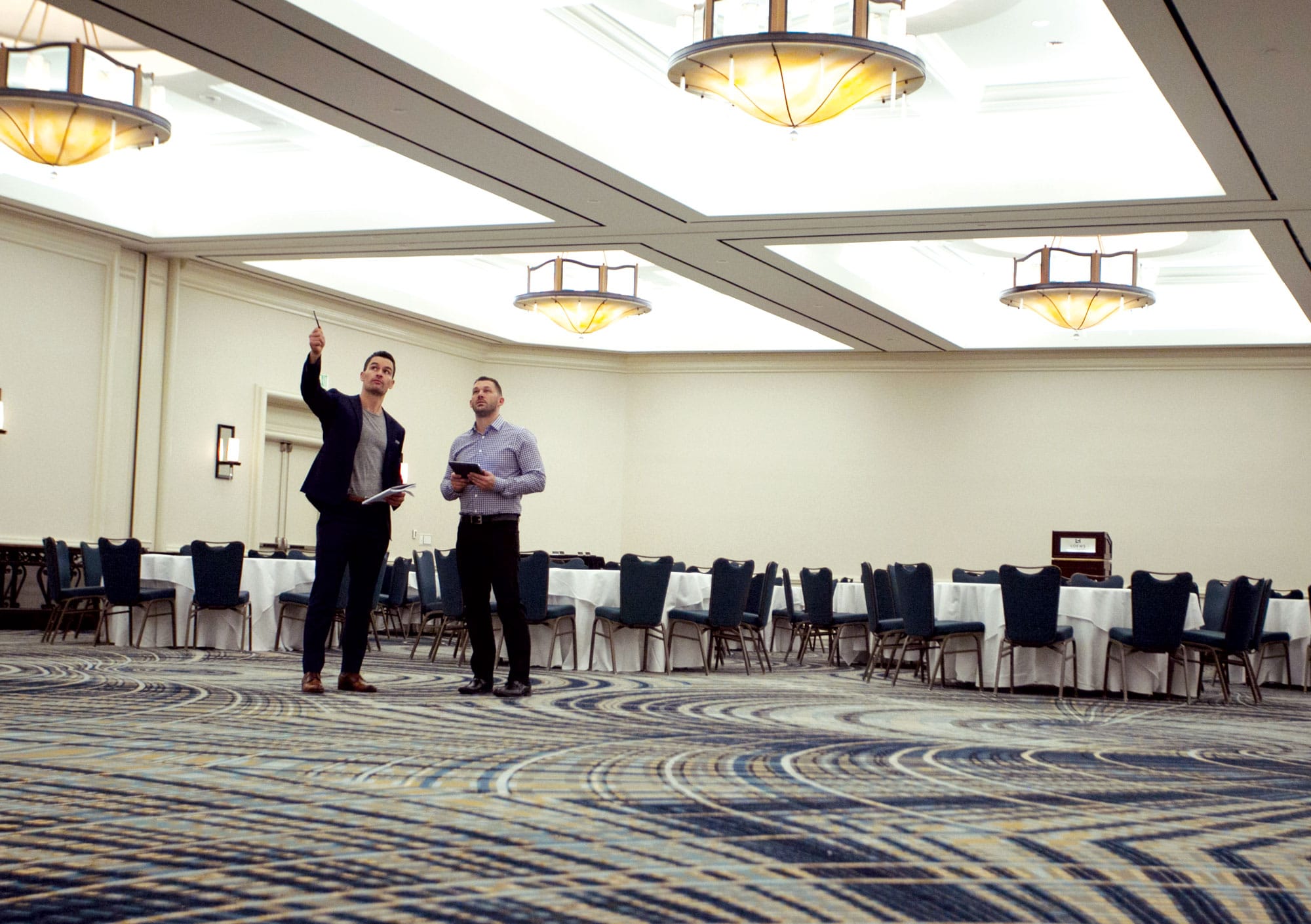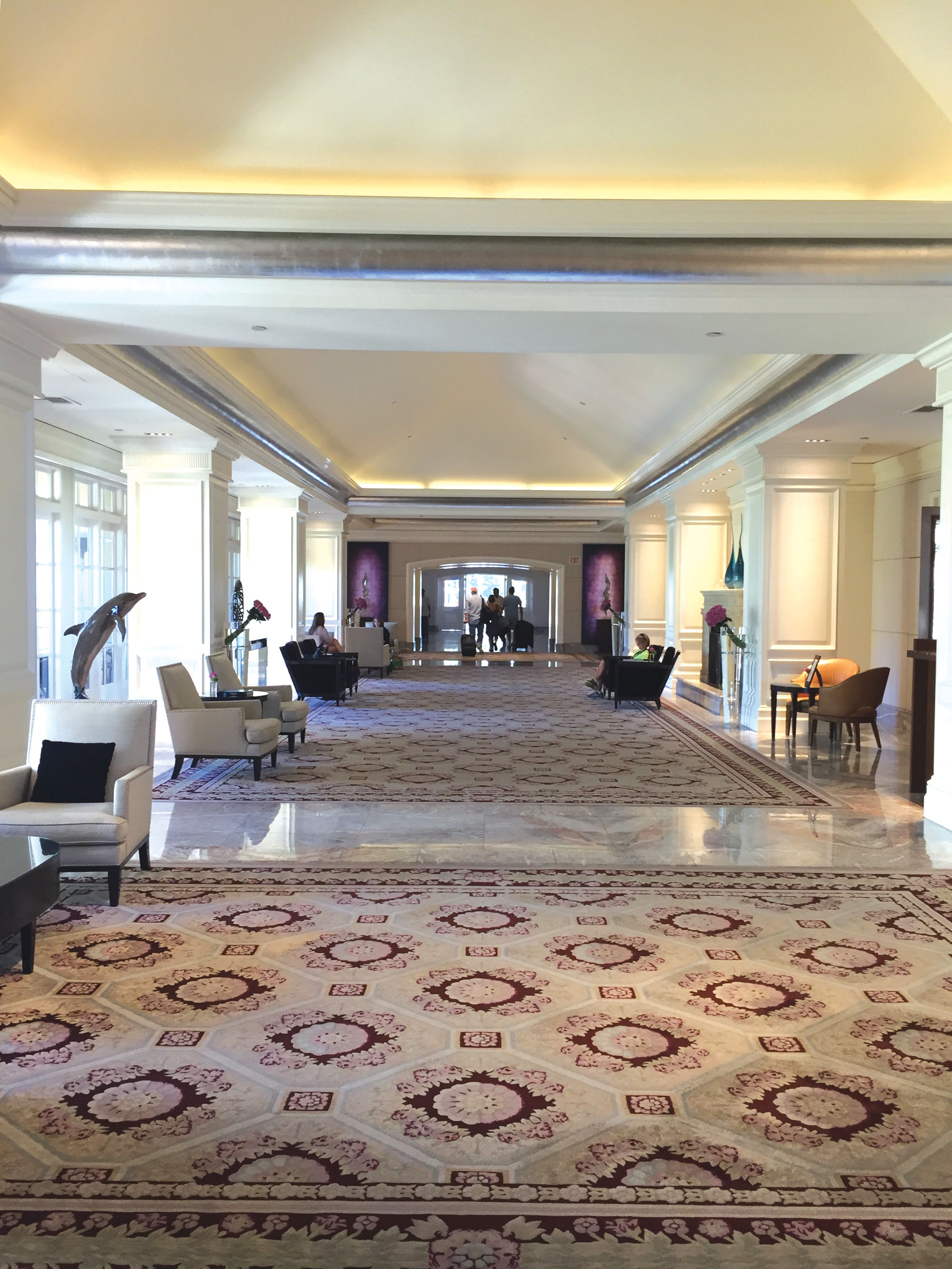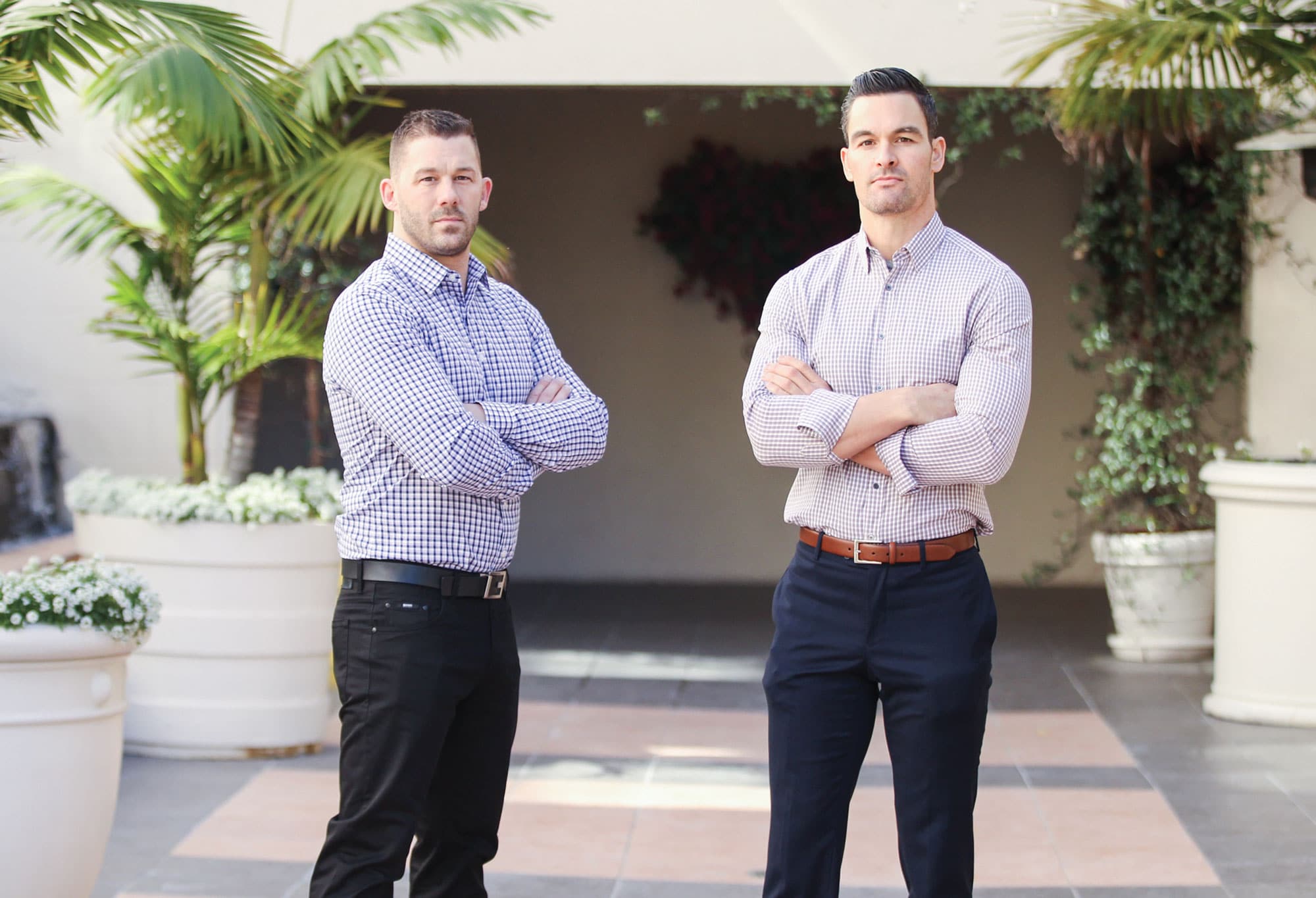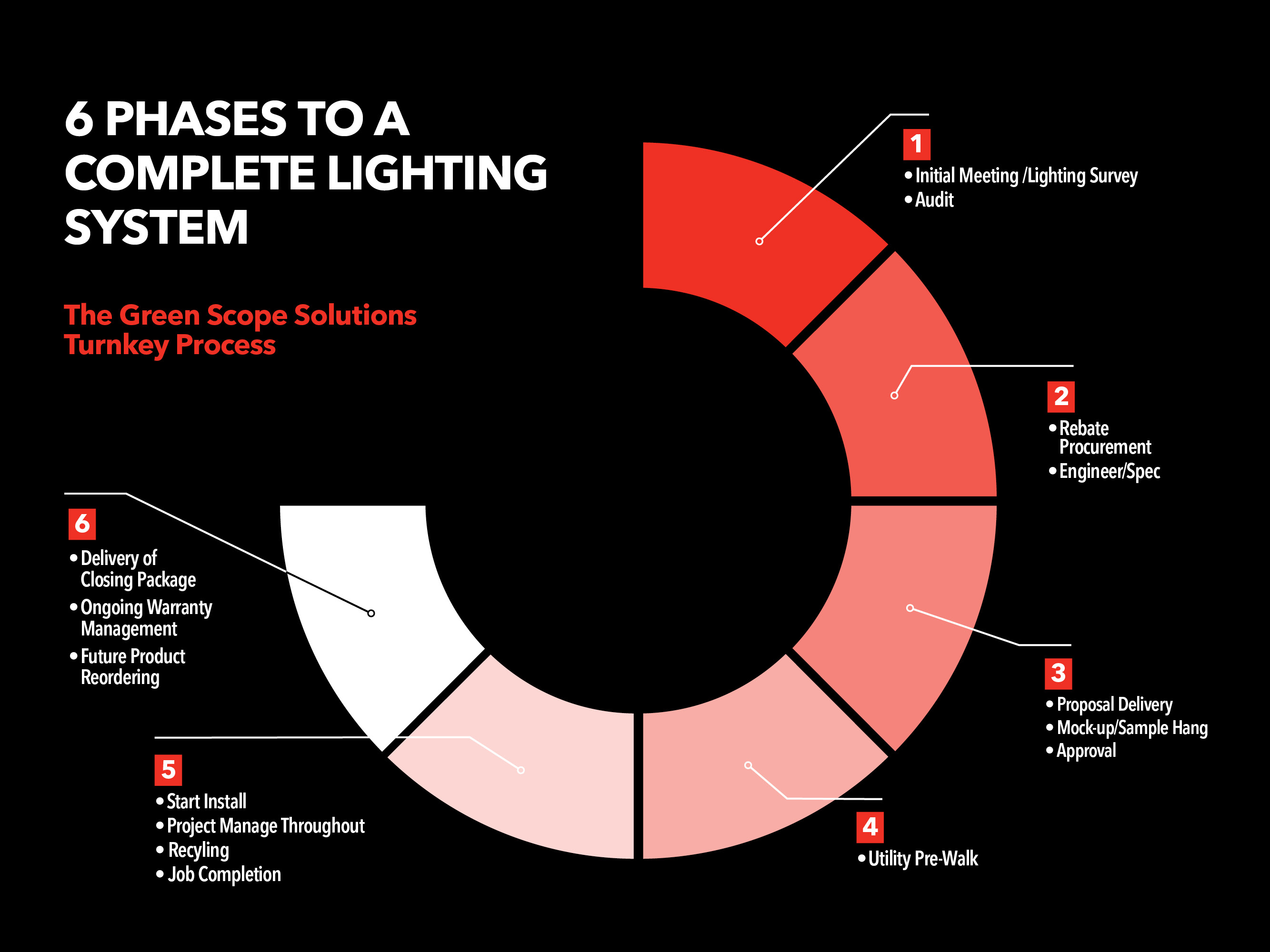Green Scope Solutions (GSS) offers comprehensive solutions that change the way hotel groups do business.

Retrofitting businesses by focusing on lighting can add up to a huge savings.
[Photo: Christopher Free]
Download a PDF of this story.
To learn more, visit Green Scope Solutions.
Lighting. It’s a crucial part of the upscale hotel business. Lighting creates a certain ambience, which in turn affects how guests view their surroundings and the degree to which they enjoy their stay. And if they enjoy their stay, they’re more apt to come back—perhaps repeatedly. Experts say it’s especially important that hotels have the right type of lighting in on-site restaurants. After all, mood and food go hand-in-hand.
But lighting is voracious when it comes to energy, consuming more electricity than anything else (cooling, ventilation, and so on) in both residential and commercial buildings across the country. It stands to reason, then, that enhancing the energy efficiency of any lighting system—whether as part of new construction or a retrofitting process—has a sizable impact both financially and environmentally.
That’s where Chicago-based Green Scope Solutions enters the picture. The sister company of Option One Energy, one of GSS’s specialties is installing retrofitted lighting solutions in a wide variety of structures. Recently, the American hotel chain Strategic Hotels & Resorts (SHR) contracted them to revamp lighting in 18 of its hotels across the country. Rolled out over nearly two years, the multimillion-dollar project required lots of number crunching and 30 people on several installation teams.

One of Green Scope Solutions’ specialties is installing retrofitted lighting solutions. The company begins its turnkey lighting process with a thorough discovery, followed by a full facility survey. [Photo: Courtesy of GSS]
Longtime GSS partner Philips Lighting provided the lighting itself, with lamps ranging from 2 to 10 watts in a variety of color temperatures. In many cases GSS used Philips’ Warm Glow technology, which retains the same look and feel of incandescent lamps.
“GSS and OOE were brought in to look at successful ways to reduce energy costs,” says David Hogin, SHR’s executive vice president and chief operating officer. “Through their efforts, we converted the majority of our portfolio from florescent and incandescent to LED lighting. They converted or replaced fixtures where needed, and filed for rebates on our behalf. We found their solution to be seamless and turnkey.”
OOE is the energy supply and management wing of the two businesses and was able to assist SHR with procurement and cost analysis on other energy saving applications. Hogin says this most recent experience of working with GSS and OOE was also very positive.
GSS is the demand solutions wing of these businesses. “The first step for our lighting process is to do a thorough discovery, followed by a full facility survey,” GSS co-principal Brian Mavraganes says. “This is just phase one of our six-phase turnkey process.”

[Photo: Christopher Free]
Prior to overhauling SHR’s chain of hotels, Green Scope had already proven itself by installing new LED lighting and controls at Ritz-Carlton, Half Moon Bay in California. Following its standard procedure, GSS created LED-lit mock-ups of the spaces to be retrofitted. “The last thing we want is to start [installing] lights that we feel should be hung, and then that color doesn’t reflect well with the space,” Mavraganes says.
Aside from being visually pleasing, the retrofitting resulted in annual energy savings of around $200,000. Other GSS clients—including a hotel-condo building in New York and a large restaurant chain—also have seen significant reductions in lighting costs.
“It’s very rare for us to engage a client and not be able to show a savings or find an opportunity to save them money through lighting, controls, and energy procurement/management,” Mavraganes says. LED technology, he explains, has made great strides in the last five or so years and is now at the point where closely matching the illumination capabilities of incandescent lighting is easier than ever.
“Everyone’s misconception back in the day was, ‘It’s an LED; it’s super white.’ That’s not it anymore,” Mavraganes says. “They can match colors down to 1500 Kelvin as well as achieve the dimming capabilities of an incandescent or halogen.”
Couple that advanced technology with guaranteed cost cutting, and convincing clients to jettison energy-gobbling incandescent bulbs and aesthetically harsh florescent ones for superior LEDs is less challenging than it once was. “It’s quantifiable,” Mavraganes says. “If you’re going from 6,000 50-watt bulbs to 6,000 7-watt bulbs, and they’re on 24 hours a day and you’re paying 10 cents a kilowatt, it’s pretty easy to figure out the savings you’re going to achieve.”

As an added bonus, there’s also a brand-enhancing component. These days, more and more guests expect the hotels in which they stay—particularly top-tier establishments like those Option One Energy and Green Scope Solutions work with—to be environmentally friendly. Through “green” lighting and other means, more and more hotels are obliging—always, of course, with a sharp eye on the bottom line. “The dilemma can be that everyone needs to be on the same page when working on a large project,” says GSS Co-Principal Adam Morris. “You have operations, construction, and the design side, and they don’t always have the same agenda. Design is going for ambience, operations is going for reducing maintenance costs, and construction is trying to come in under budget. We help bridge this gap by getting everyone on the same page and finding a solution that works for everyone.”
While GSS’s LED conversion process costs a bit more on the front end, future savings make up for the investment and then some. Incandescent lighting is less expensive, but not when you take into account electric and gas costs down the line, as well as parts and labor when the shorter-life bulbs wear out and require replacement. According to Philips Product Manager John Hynek, incandescent lamps last about a year in a hotel setting whereas LED lamps can chug along for a quarter-century. And going from 60 watts to 9 watts makes a huge difference in energy consumption.
Philips product management recognizes the value of the GSS and Philips relationship happening hundreds of miles away in Chicago and throughout the U.S. To have a relationship like Philips has with GSS is unique for the hospitality market in particular, as this market in general has been a bit slower to adopt LED technology. When adoption does happen, it’s often with tier 2 LED products, which appear lower in cost initially but are actually higher in cost in the long run due to lower quality and shorter lifespans.
More and more companies are becoming aware of these advantages and others, Mavraganes says, and the tide is turning for commercial properties despite the modestly higher initial expense. Being energy efficient—and going “green” in general—is increasingly the norm rather than the exception, and LED lighting is a big part of that shift. He hopes residential properties will follow suit in ever-greater numbers.
“The green movement has begun, but we have barely scratched the surface,” Morris says. “One of my favorite quotes from Gandhi—which I think best expresses how I feel about climate change and the green movement—is ‘the difference between what we do and what we are capable of doing would suffice to solve most of the world’s problems.’”
GSS BY THE NUMBERS
- Approximate annual energy savings, including light bulb spend, at some of the SHR hotels: Laguna Beach, California Ritz-Carton: $200,000; Palo Alto Four Seasons: $190,000; Jackson Hole $150,000; Chicago InterContinental $125,000; Four Seasons DC $120,000; Fairmont Scottsdale $200,000.
- 95% of GSS projects take 24 months or less, with many completed in 20 months or less.
- GSS LED retrofitting, which comes with a five-year warranty (thus negating the cost of replacement bulbs for five years), cuts light bulb budgets by 85%. Annual spending for incandescent bulbs can be upwards of $40-50,000.
*Information provided by Brian Mavraganes & Adam Morris at GSS & OOE
Read more about Green Scope Solutions and catch up on more gb&d lighting stories.

